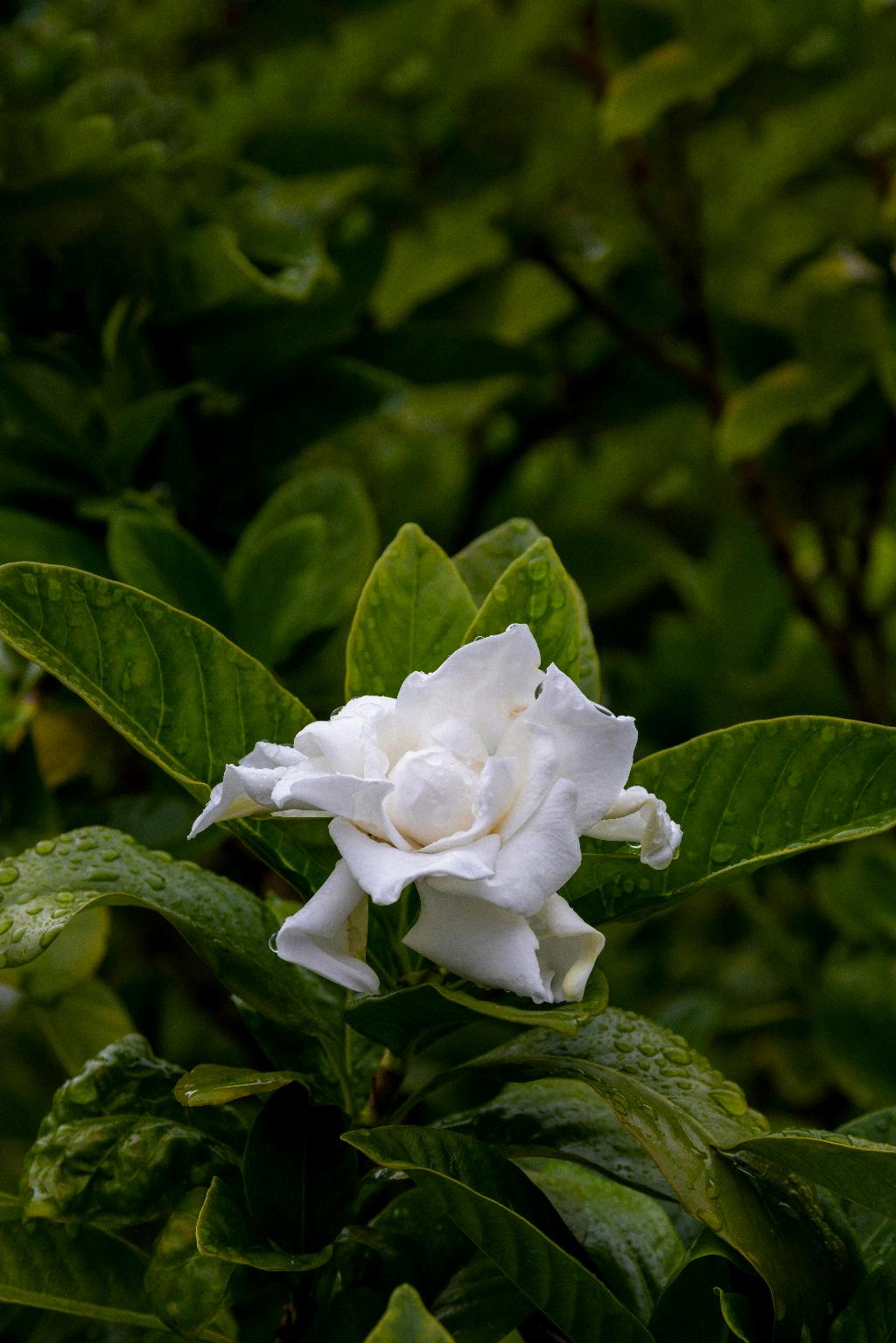Gardenias are beautiful and fragrant flowering plants that can bring a touch of elegance to any garden or indoor space. If you’re looking to grow gardenias and ensure they thrive, there are several key tips to keep in mind.
1. Provide Adequate Light
Gardenias thrive in bright, indirect light. Find a spot in your garden or home where the plant can receive plenty of sunlight, but avoid direct sunlight, as it can scorch the delicate leaves.
2. Maintain Proper Soil Moisture
It’s essential to keep the soil around your gardenia plant consistently moist, but not waterlogged. Use well-draining soil and water the plant regularly, especially during hot and dry periods.
3. Create a Humid Environment
Gardenias love humidity, so if you’re growing them indoors, consider using a humidifier or placing a tray of water near the plant to increase moisture in the air. This will help prevent the leaves from drying out.
4. Fertilize Regularly
To promote healthy growth and vibrant blooms, fertilize your gardenia plant regularly during the growing season. Use a fertilizer specifically formulated for acid-loving plants to provide the necessary nutrients.
5. Maintain Cool Temperatures
Gardenias prefer cooler temperatures, ideally between 65-70°F during the day and slightly cooler at night. Avoid exposing the plant to extreme heat or cold, as it can stress the plant and affect its growth.
6. Monitor for Pests and Diseases
Keep an eye out for common gardenia pests like aphids, mealybugs, and scale insects. Regularly inspect the plant for any signs of pest infestation or diseases, such as yellowing leaves or wilting, and take prompt action to treat the issue.
7. Regularly Prune the Plant
Pruning is essential for maintaining the shape and health of your gardenia plant. Remove any dead or damaged branches, flowers, or leaves to encourage new growth and improve air circulation within the plant.

8. Watch for Yellow Leaves
If you notice yellowing leaves on your gardenia plant, it could be a sign of nutrient deficiencies, overwatering, or pests. Address the underlying issue promptly to prevent further damage to the plant.
